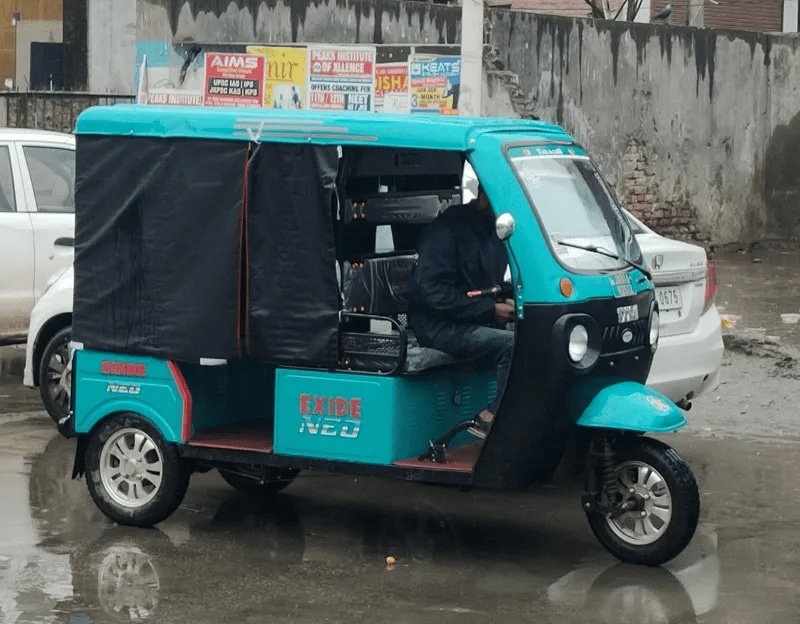Drug Addiction: Role of Teachers in Curbing Drug Menace
The drug related activities are increasing day by day thereby giving serious…
People of J&K have Understood the Criminal Folly of Pakistan
The separatist Hurriyat Conference is finished in J&K but attempts are being…
Self Help Groups Providing Wings to Women in ‘Naya J&K’
The Self Help Groups (SHGs) are scripting a new chapter in ‘Naya…
Need for Reform in Youth in Kashmir
According to the recent data released by Atlas of sustainable development goals…
Electric Transport: Kashmir’s Answer to Air Pollution & Climate Change?
E-rickshaws were introduced for the first time in Kashmir Valley. The chargeable…
Terrorists Open Fire at Non-Local Labourer in Pulwama
On Sep 02, in an act of violence, a non-local labourer was…







